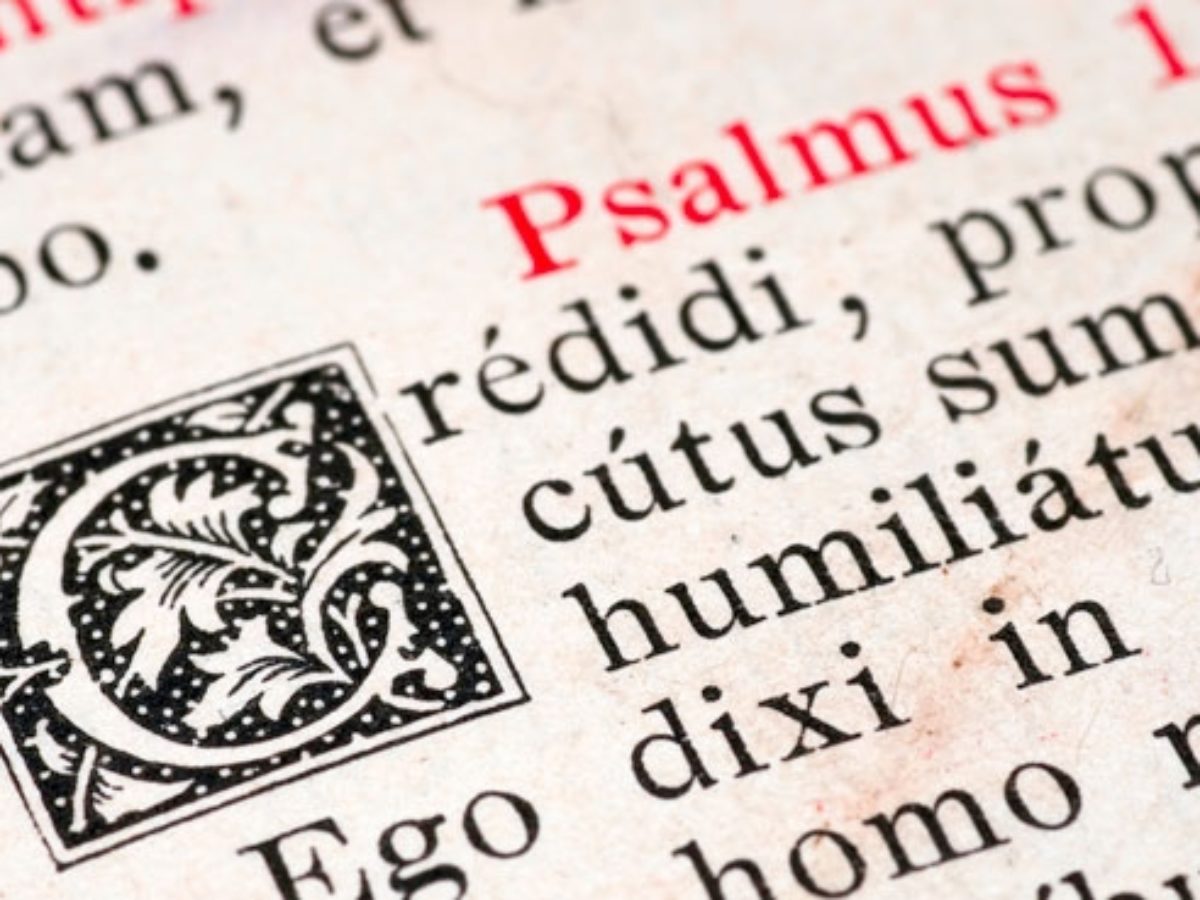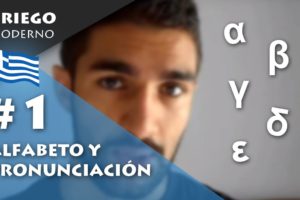Description
With this free course of 72 video lessons you will learn about the most important concepts of Latin
Latin is a language of the Italic language branch of the Indo-European language family that was spoken in Ancient Rome and later during the Middle Ages and the Modern Age, and reached the Contemporary Age, as it remained a scientific language until the nineteenth century. Its name derives from a geographical area of the Italian peninsula where Rome developed, Lazio (in Latin, Latium).
It acquired great importance with the expansion of Rome,4 and was the official language of the empire in much of Europe and North Africa, along with Greek. Like the other Indo-European languages in general, Latin was a flexive language of fusional type with a higher degree of nominal synthesis than the current Romance languages, in which flexion by suffixes dominated, combined in certain times with the use of prepositions, while in the derived modern languages analytical constructions with prepositions dominate, while nominal flexion has been reduced to mark only gender and number, retaining cases of declination only in personal pronouns (these also have a fixed order in verbal syntagmas).
Latin originated a large number of European languages, called Romance languages, such as Aragonese, Aromanian, Asturian, Catalan, Corsican, Emilian-Romagnol, Spanish, French, Franco-Provençal, Friulian, Galician, Istrian, Istro-Romanian, Italian, Ladino, Ligurian, Lombard, Megleno-Romanian, Neapolitan, Occitan, Piedmontese, Portuguese, Romansh, Romanian, Sardinian, Sicilian, Walloon, Veneto, and others already extinct, such as Dalmatian. It has also influenced the words of modern languages because for many centuries, after the fall of the Roman Empire, it continued to be used throughout Europe as a lingua franca for science and politics, without being seriously threatened in that function by other booming languages (such as Spanish in the seventeenth century or French in the eighteenth century). until practically the nineteenth century.
The Catholic Church uses it as an official liturgical language (either in the Roman rite or in the other Latin rites), although since the Second Vatican Council vernacular languages are also allowed.5 It is also used for the binary names of the scientific classification of the animal and vegetable kingdoms, to name figures or institutions of the world of Law, as the language of writing of the Corpus Inscriptionum Latinarum, and in articles of scientific journals published totally or partially in this language.
The study of Latin, along with that of classical Greek, is part of the so-called classical studies, and approximately until the 1960s it was almost essential study in the humanities. The Latin alphabet, derived from the Greek alphabet, is widely the most widely used alphabet in the world with various variants from one language to another.






Reviews
There are no reviews yet.